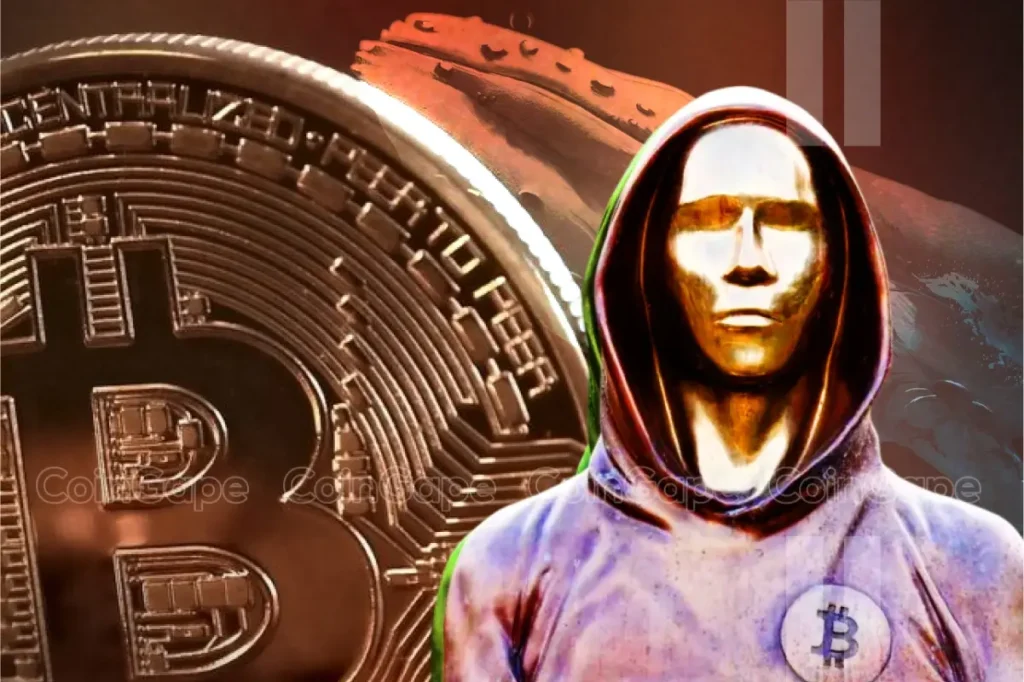Unveiling the Identity of Satoshi Nakamoto: A Legal Battle for Bitcoin’s Creator
Attorney James A. Murphy has taken significant steps to unveil the identity of Bitcoin’s enigmatic creator, Satoshi Nakamoto, by filing a lawsuit against the Department of Homeland Security (DHS) in the U.S. District Court for the District of Columbia. The legal action, initiated on April 7, 2025, seeks to compel the release of government records pertaining to Nakamoto’s true identity, following DHS’s failure to respond to Murphy’s Freedom of Information Act (FOIA) request made on February 12, 2025. This lawsuit highlights the growing interest and intrigue surrounding Bitcoin and its origins as various parties keenly seek to uncover more about its mysterious founder.
DHS Allegedly Aware of Nakamoto’s Identity
Murphy’s lawsuit is premised on revelations made during a 2019 conference by DHS Special Agent Rana Saoud, who allegedly confirmed that the agency knows the identity of Satoshi Nakamoto. The court documents detail how Saoud mentioned that, after a push from an inquisitive DHS agent, the agency deployed agents to California to interview Nakamoto. During this engagement, agents uncovered that Nakamoto was not acting alone but rather was part of a group involving three other individuals. This new development comes shortly after Nakamoto’s birthday on April 5, intensifying public interest in not just who Nakamoto is, but also the pivotal role they may play in the cryptocurrency landscape.
Court Documents Provide Insight into the Interview’s Nature
According to the allegations in the complaint, Agent Saoud described an intriguing meeting where agents sought to understand the driving motivation behind the creation of Bitcoin. This interview provided a glimpse into the multifaceted nature of Nakamoto’s identity, revealing that the cryptocurrency may have been a collaborative effort from multiple counterparts. However, despite Saoud’s public disclosures, the identities of these alleged co-creators remain shrouded in mystery, sparking curiosity and speculation in the crypto community and beyond.
The FOIA Request Background and Government Response
Murphy’s complaint lays out a detailed timeline of attempts to gain access to information through the FOIA process prior to resorting to legal action. On February 12, 2025, Murphy initiated a request encompassing various records, including transcripts of Saoud’s statements made back in 2019 and any interview records that involved Nakamoto. The DHS acknowledged the request the next day and assigned it a tracking number. However, things took a turn when Immigration and Customs Enforcement (ICE), a constituent of DHS, shifted to dealing with a prior request from Murphy, leaving the current request in limbo. This set of actions exemplifies the frustrating bureaucratic hurdles faced by individuals seeking transparency from federal agencies regarding significant public interest topics like cryptocurrency.
Increasing Interest in Bitcoin’s Creation Amid Legislative Developments
The ongoing legal proceedings underscore a critical moment in Bitcoin’s history, as government interest in the cryptocurrency grows alongside shifting legislative landscapes. Murphy’s lawsuit draws attention to President Trump’s recent executive order establishing a “Strategic Bitcoin Reserve,” emphasizing that all federal Bitcoin will be preserved for future strategic aims. Furthermore, the ongoing debate in Congress and among state legislatures—where nearly 20 states are considering laws to authorize public investment in Bitcoin—illustrates that understanding Nakamoto’s identity could hold significant implications for cryptocurrency regulation and investor confidence.
Bitcoin’s Creator and the Economic Significance of Transparency
Murphy’s lawsuit points to the broader implications of identifying Bitcoin’s creator. With Nakamoto purportedly holding around 1.1 million BTC—valued at approximately $86.9 billion—clarity surrounding Nakamoto’s identity could amplify or mitigate public trust in Bitcoin and its mechanisms. Especially in light of agencies recognizing the necessity to adapt to the growing interest around cryptocurrencies through strategic plans, revealing Nakamoto’s identity could provide invaluable insights into Bitcoin’s economic fabric and legitimacy.
In conclusion, the legal battle instigated by Attorney James A. Murphy represents a crucial step towards unwrapping the mystique of Bitcoin’s creation, spotlighting the interest from both legal and governmental entities in understanding its origins. As the case continues to unfold, it opens the door for broader discussions on transparency and the evolving regulatory environment surrounding cryptocurrencies and their creators. The appetite for clarity about Satoshi Nakamoto reflects the growing significance of Bitcoin and its impact on financial systems worldwide. With this case, will the puzzles of digital currency’s unique foundation finally be solved? Only time will tell, but the quest for truth in the realm of cryptocurrency remains alive and pressing.
















